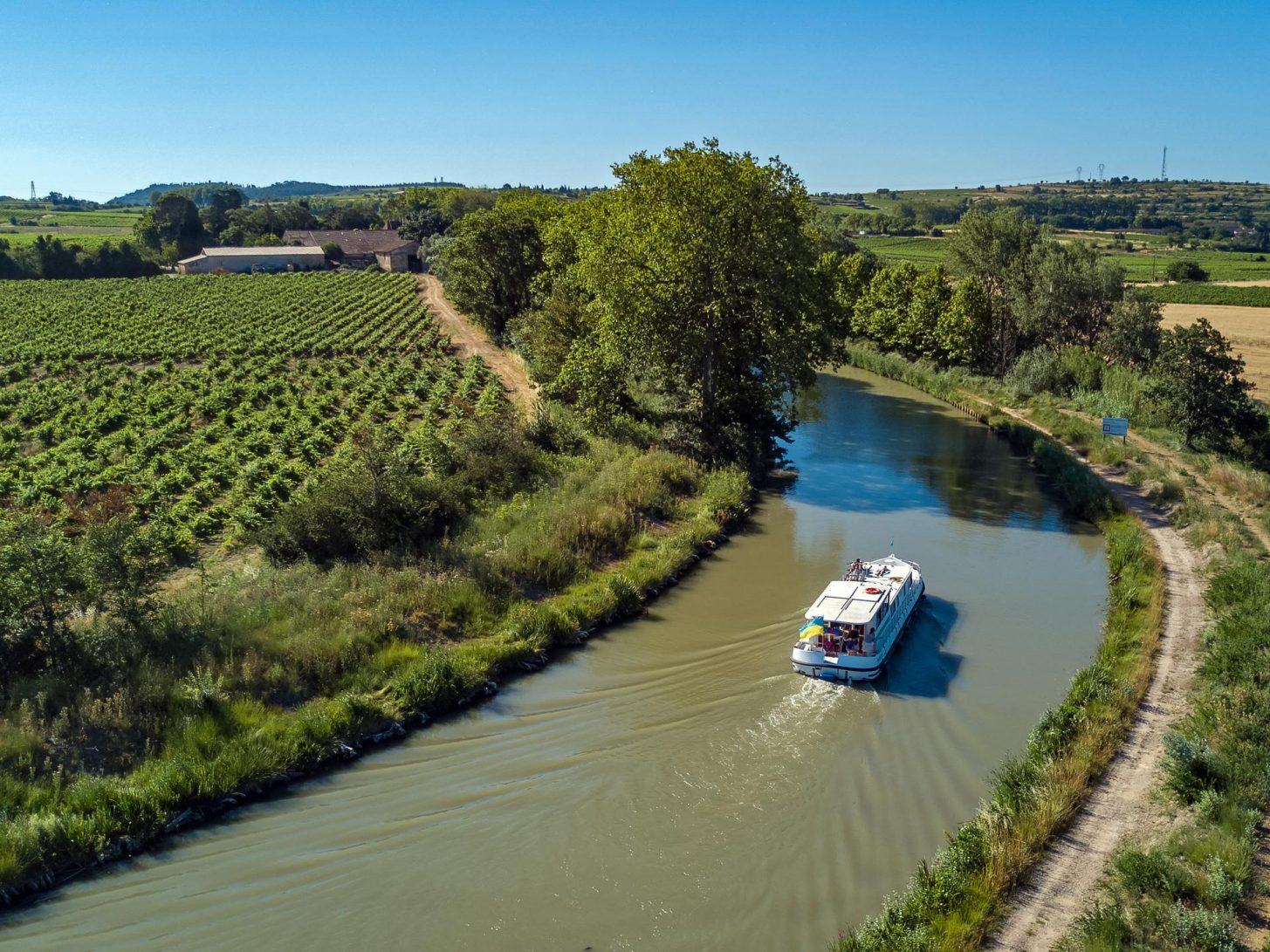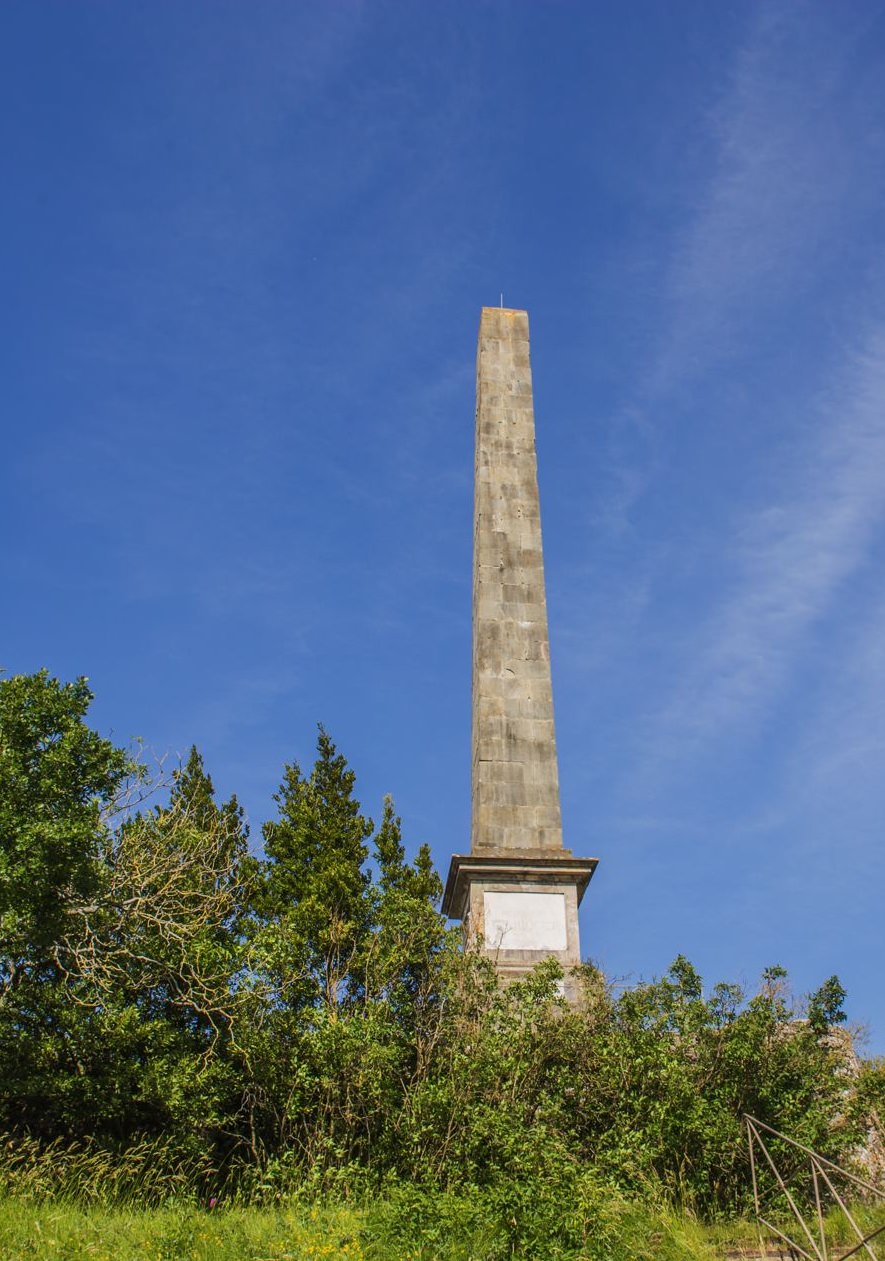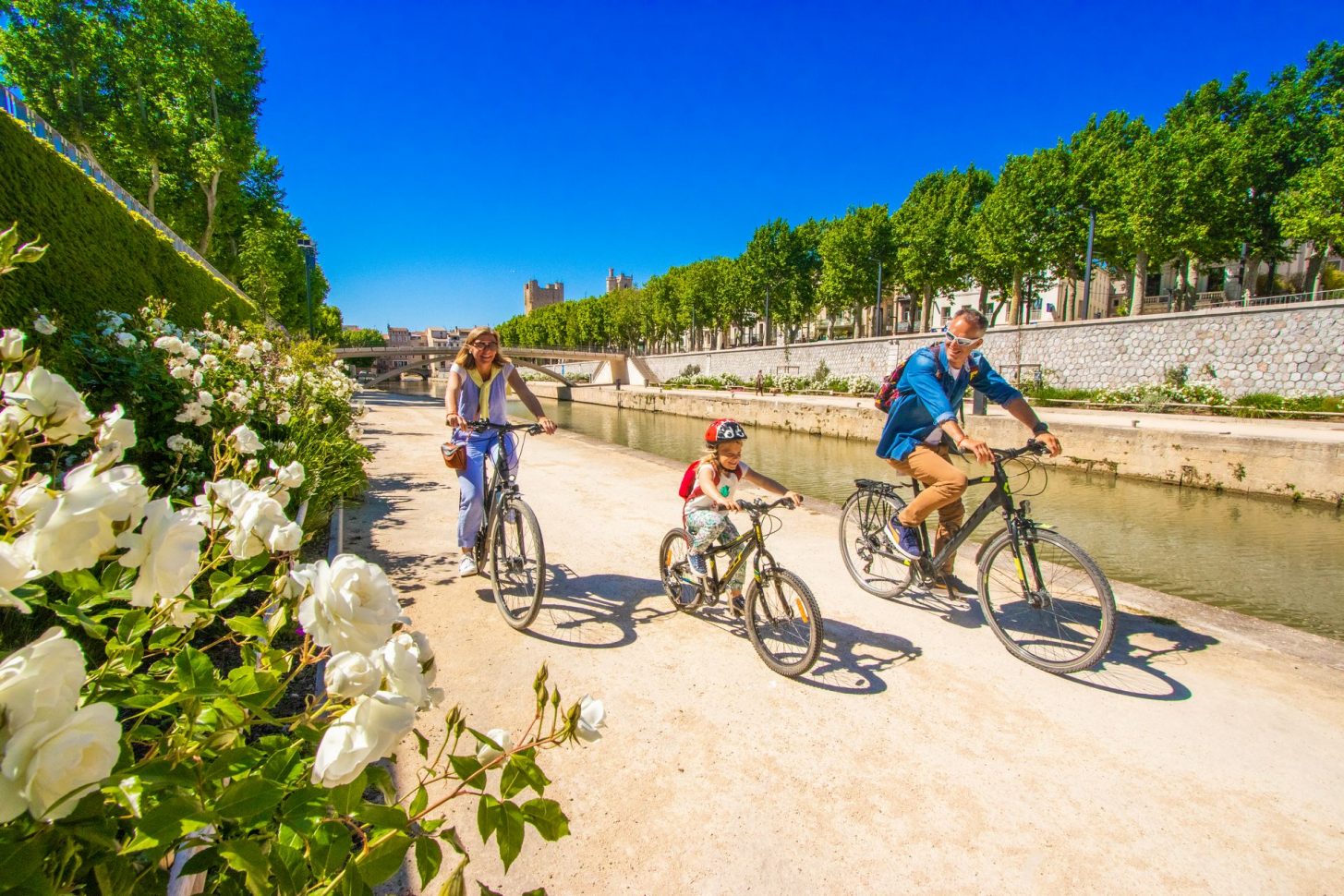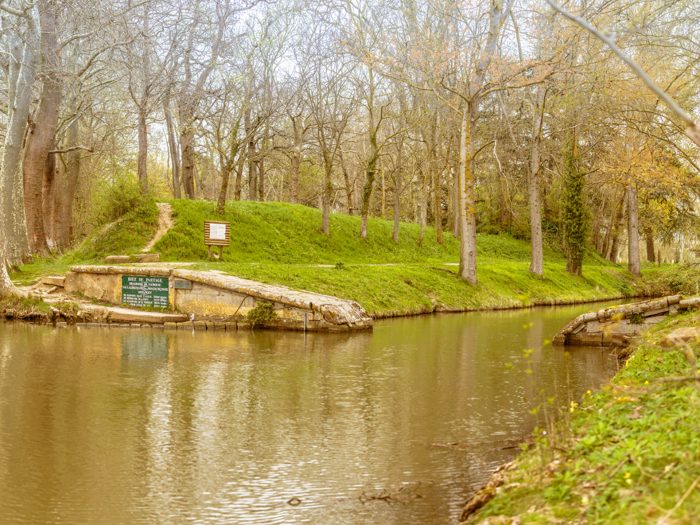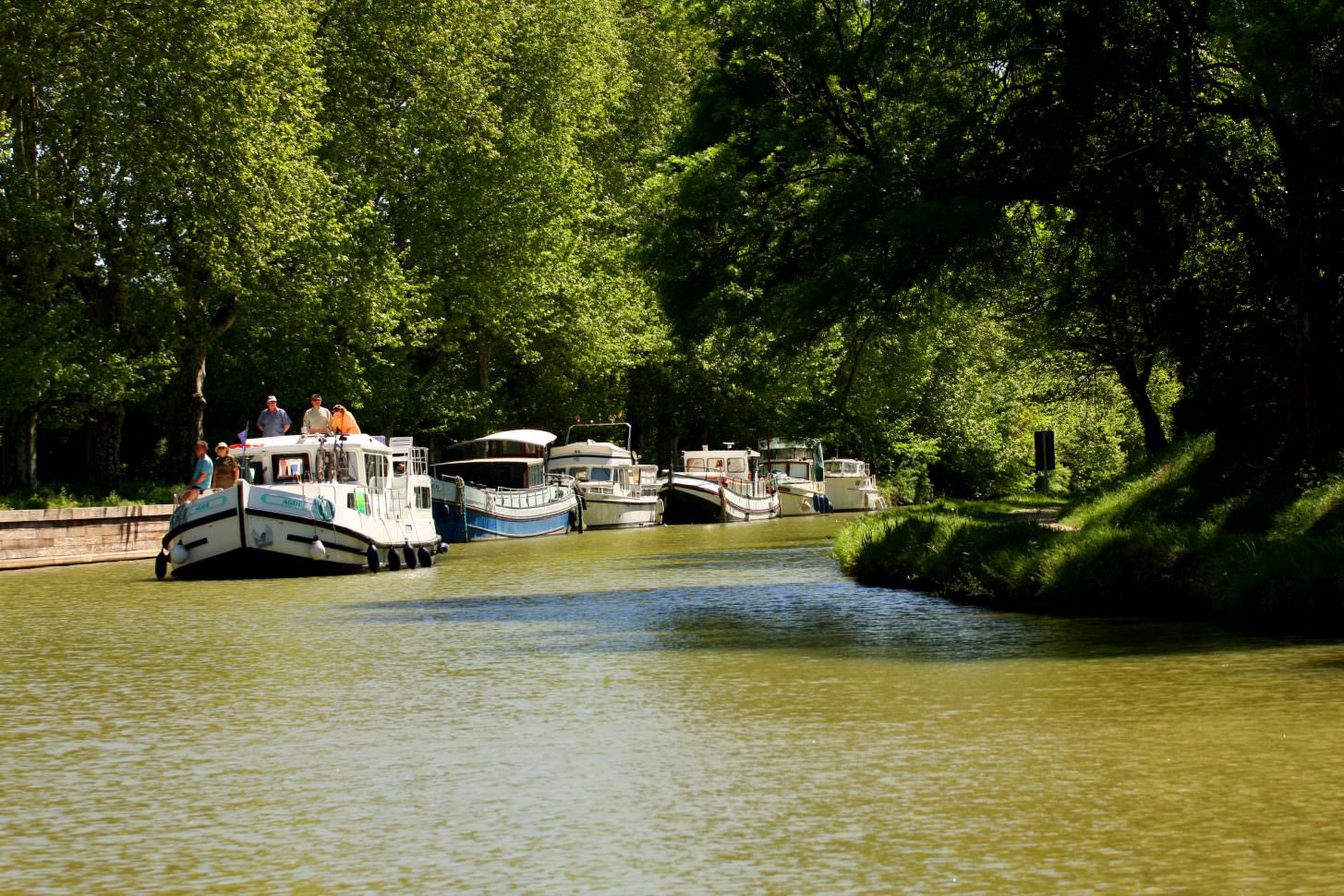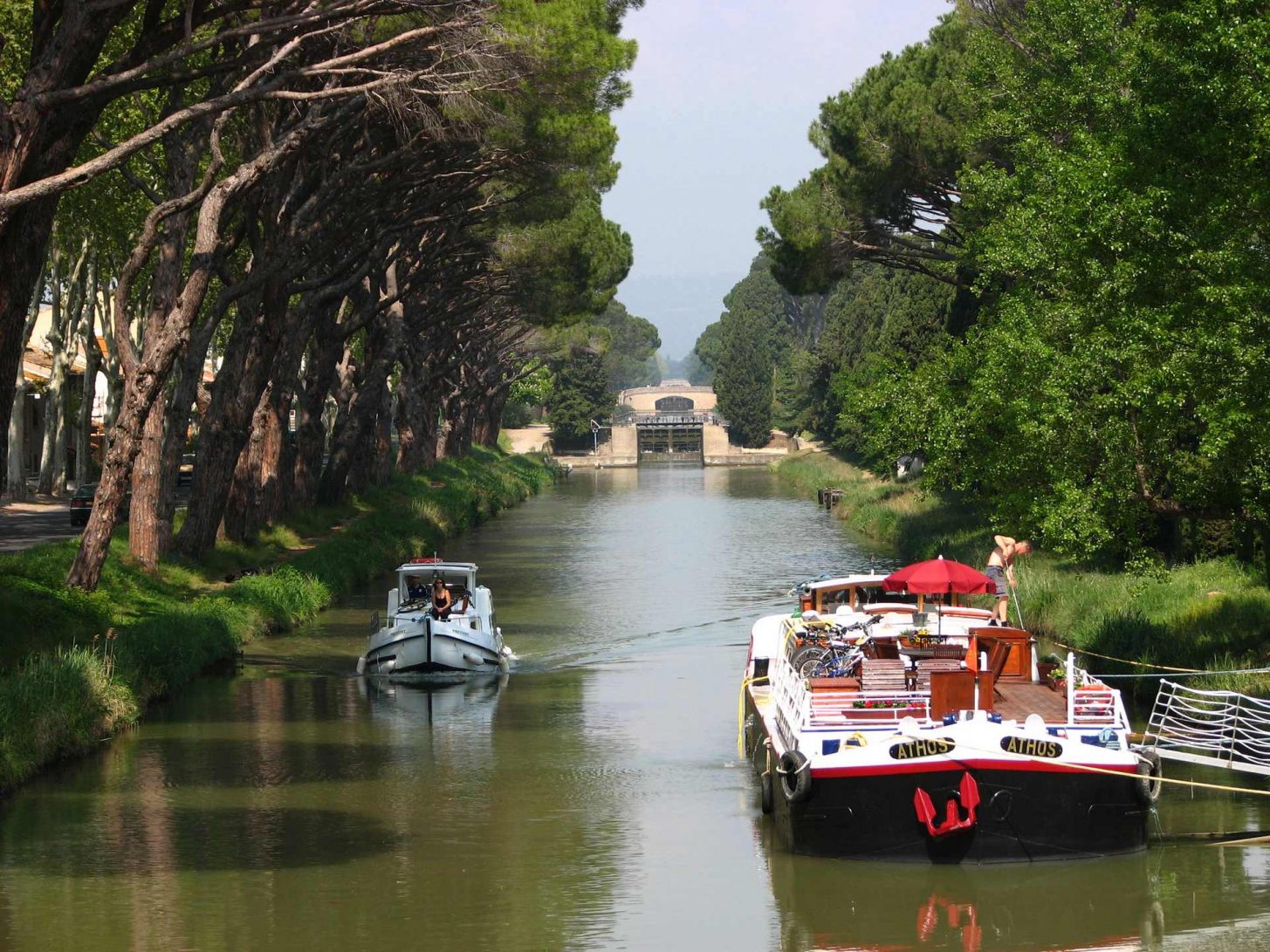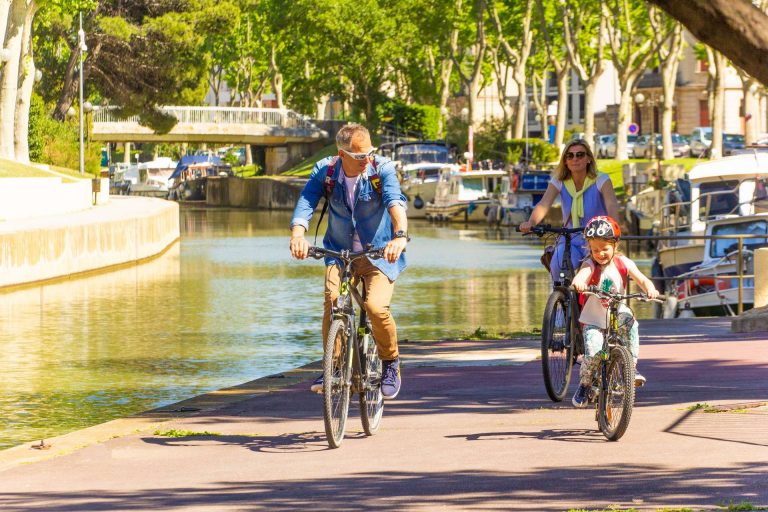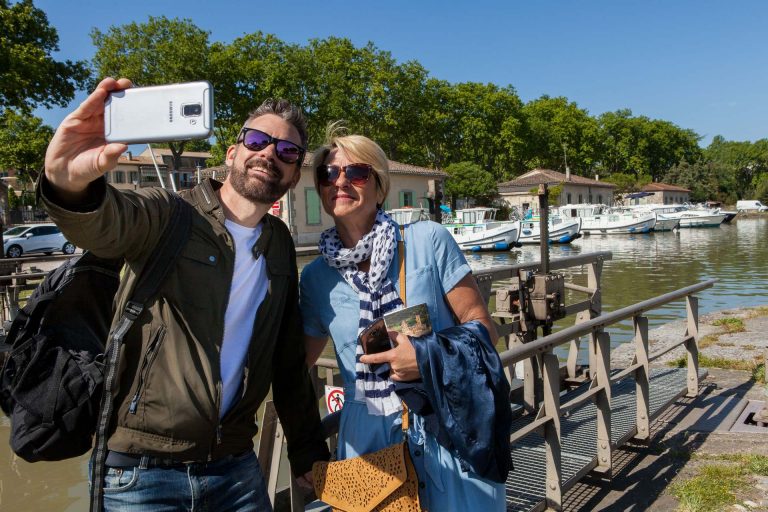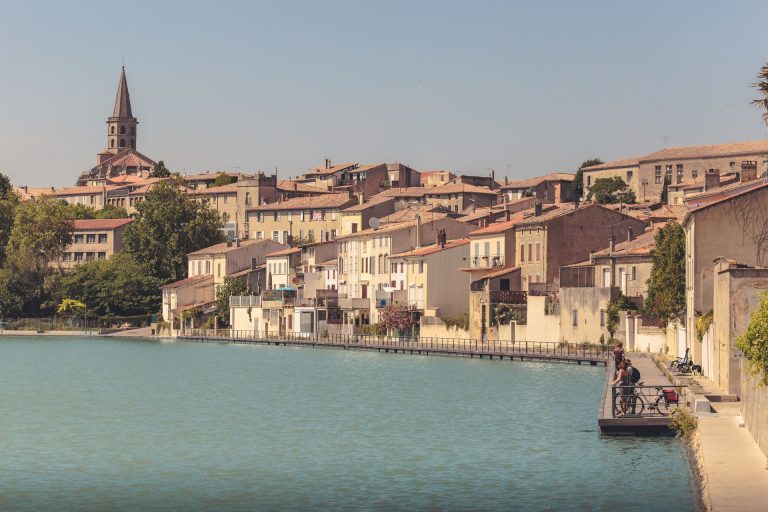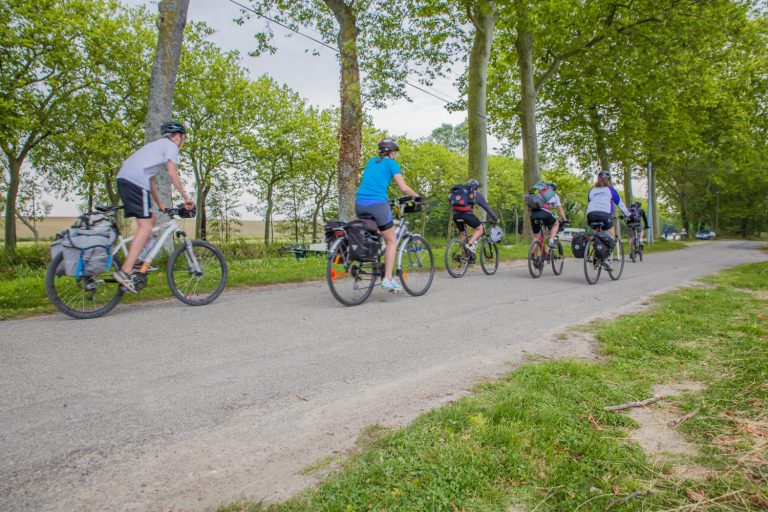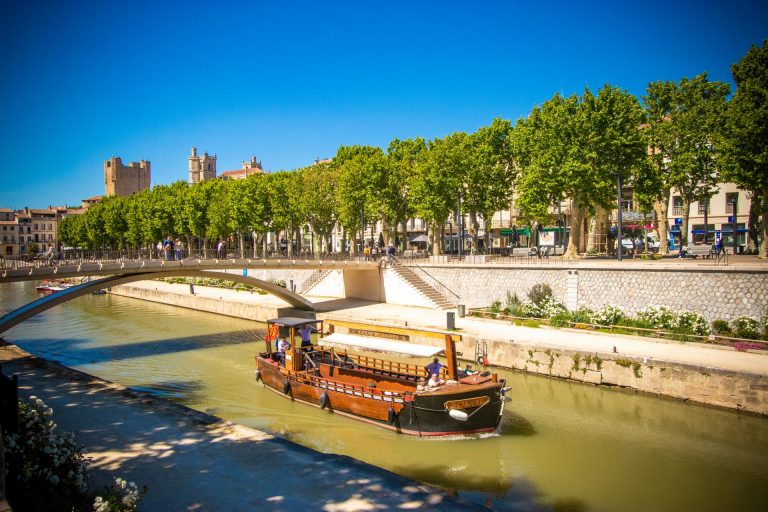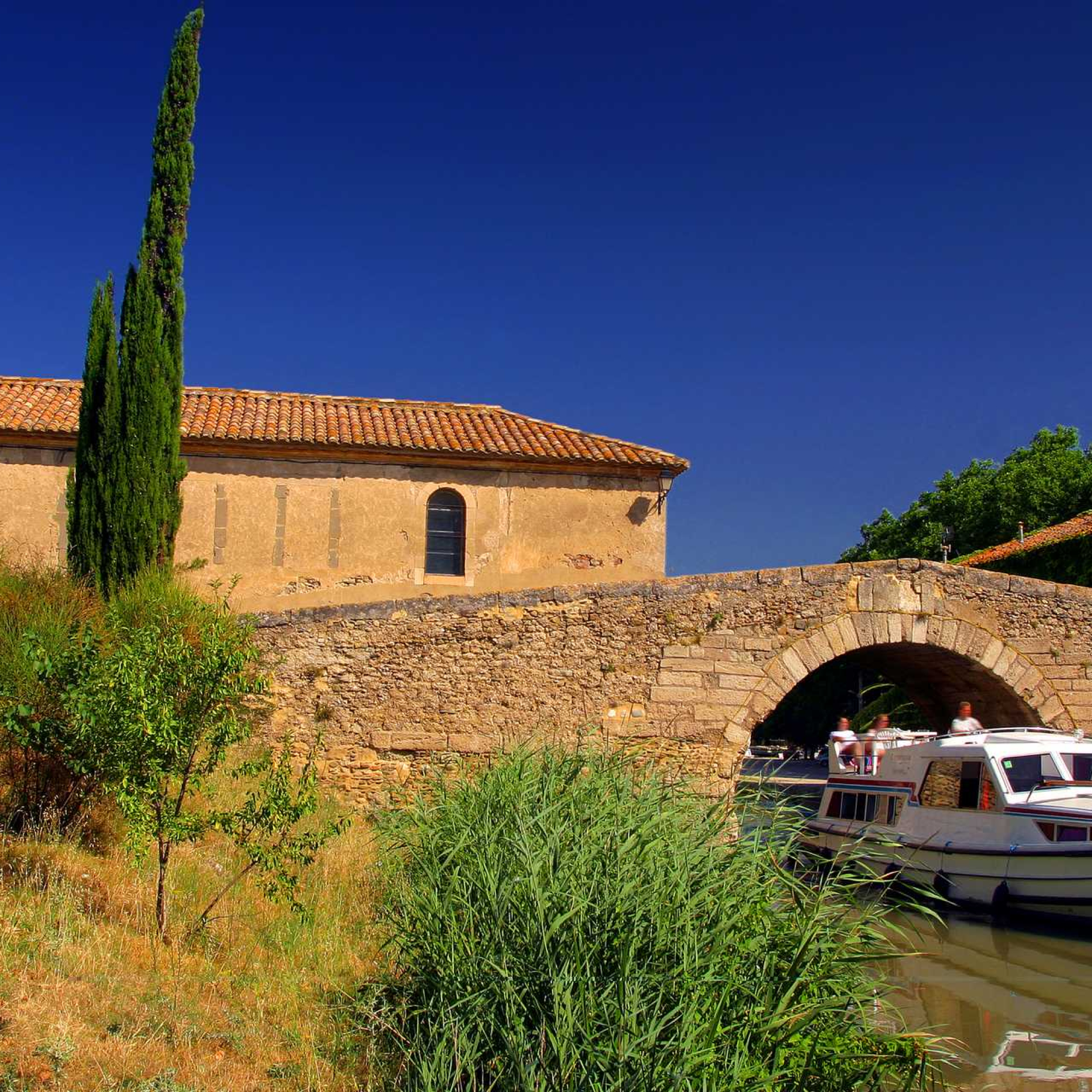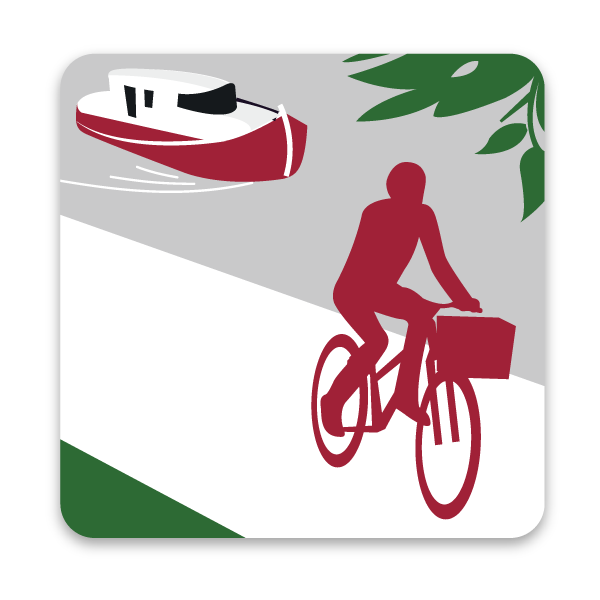A little history
Creating a waterway link between the Atlantic Ocean and the Mediterranean Sea was for a long time nothing more than a distant dream, until Pierre-Paul Riquet turned the dream into reality.
In the 17th century, after many an engineer had failed to find a solution, he, a salt-tax collector with a passion for science, found a way to connect the two seas.
The waterways that gushed down the Montagne Noire were to be harnessed and carried via channels known as “Rigoles” to join the canal at the Seuil de Naurouze watershed.
The Canal du Midi revolutionised waterborne transportation and the overall flow of traffic in the South of France of the Ancien Régime. Under a royal edict of October 1666, Jean-Baptiste Colbert gave permission for the construction work to start. The canal was built between 1666 and 1681, under the reign of Louis XIV.
Nowadays, the Canal du Midi is one of the oldest canals in Europe to still be in operation.

